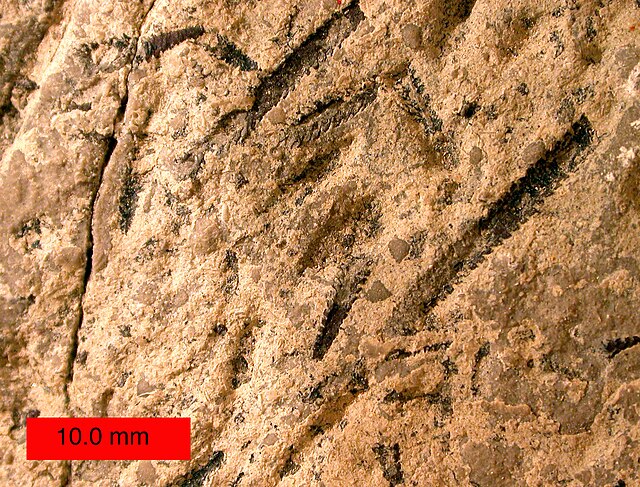Biostratigraphy is the branch of stratigraphy which focuses on correlating and assigning relative ages of rock strata by using the fossil assemblages contained within them. The primary objective of biostratigraphy is correlation, demonstrating that a particular horizon in one geological section represents the same period of time as another horizon at a different section. Fossils within these strata are useful because sediments of the same age can look completely different, due to local variations in the sedimentary environment. For example, one section might have been made up of clays and marls, while another has more chalky limestones. However, if the fossil species recorded are similar, the two sediments are likely to have been laid down around the same time. Ideally these fossils are used to help identify biozones, as they make up the basic biostratigraphy units, and define geological time periods based upon the fossil species found within each section.

The first reef builder is a worldwide index fossil for the Lower Cambrian
Amplexograptus, a graptolite index fossil, from the Ordovician near Caney Springs, Tennessee.
Image displaying newly discovered fossil being introduced into the succession sequence.
Stratigraphy is a branch of geology concerned with the study of rock layers (strata) and layering (stratification). It is primarily used in the study of sedimentary and layered volcanic rocks.
Stratigraphy has three related subfields: lithostratigraphy, biostratigraphy, and chronostratigraphy.
The Permian through Jurassic strata of the Colorado Plateau area of southeastern Utah demonstrate the principles of stratigraphy.
Engraving from William Smith's monograph on identifying strata based on fossils
Strata in Cafayate (Argentina)
Chalk layers in Cyprus, showing sedimentary layering







